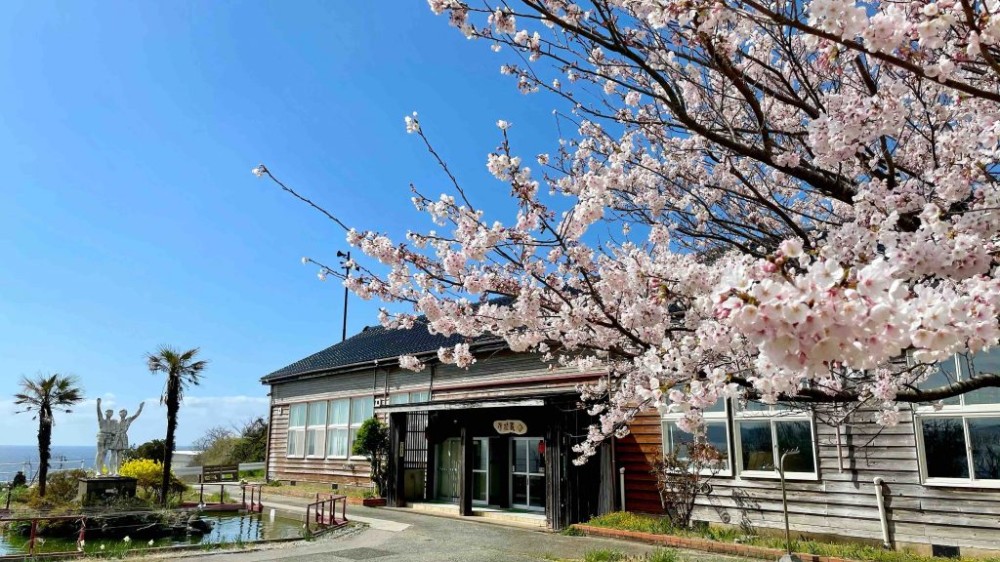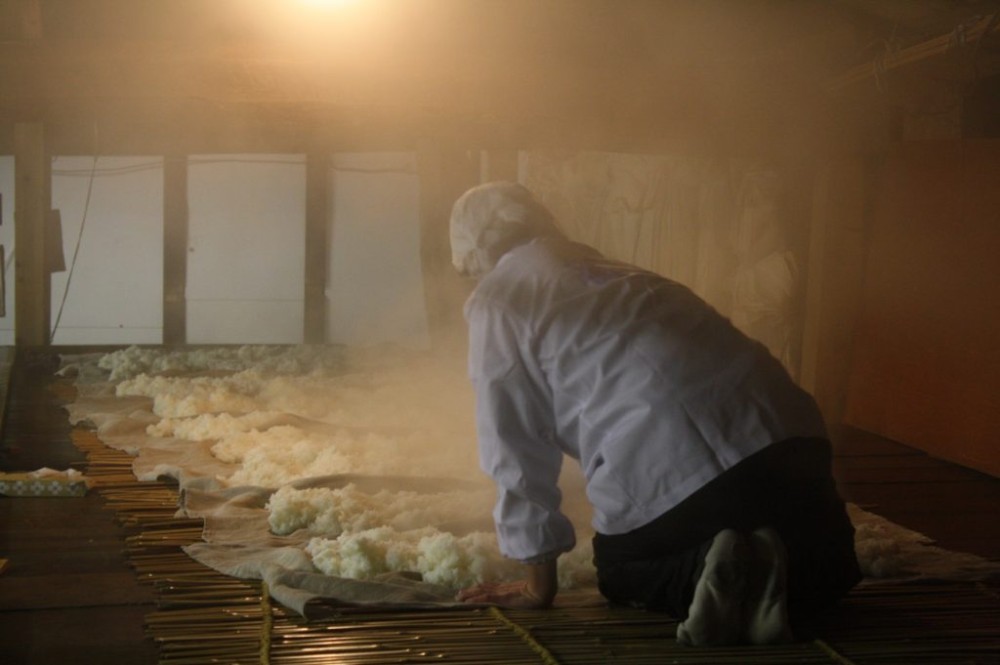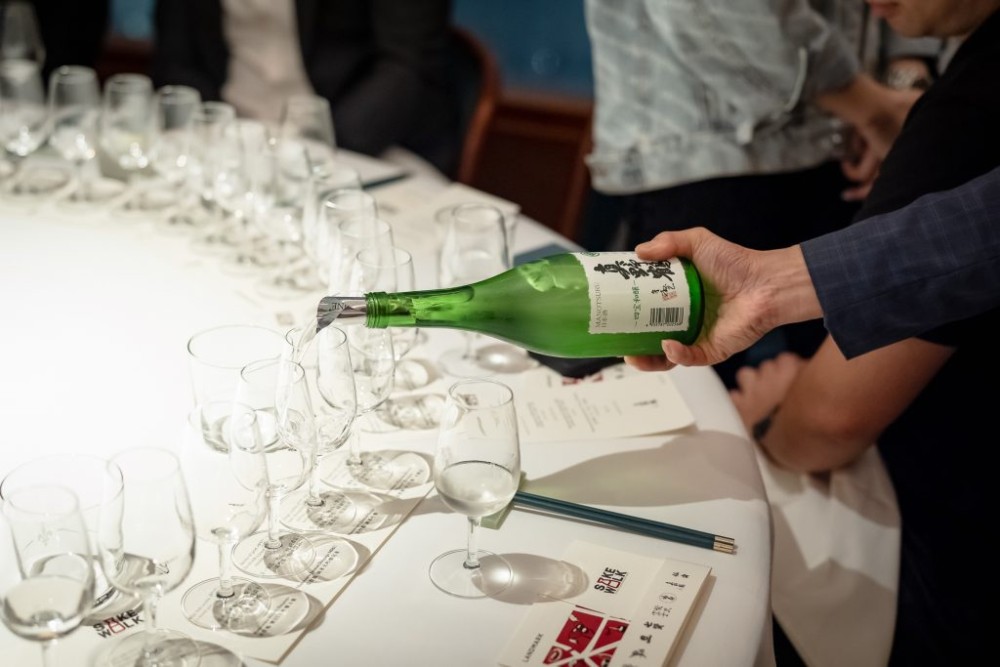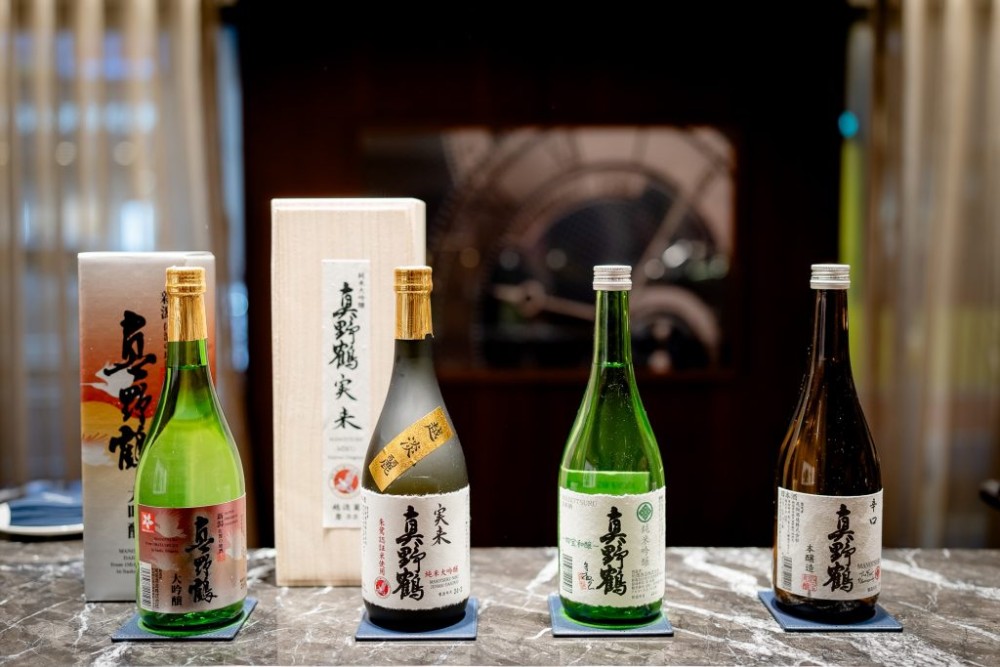How to choose sake according to a 130-year old Japanese brewery
May 16, 2024
Sake, the revered Japanese rice wine, presents itself as an intriguing compass, guiding intrepid individuals towards an intimate understanding of the regions from which it originates. Hill Choi Lee speaks with Rumiko Obata, a descendant of the renowned Obata Shuzo Sake Brewery in Sado, about how to savour and pair this delicate drink

The Obata Shuzo Sake Brewery is located on Sado Island, which lies west of Niigata Prefecture on the mainland. Founded in 1892, this brewery has won gold ten times in the nation’s most prestigious National New Sake Awards. It is a testament to the know-how and forte of a brewery house that has been around for over 130 years and its mastery in cultivating a beloved sake label known throughout the country: the Manotsuru sake.
Cultural indicator

A symphony of delicate flavours and meticulous brewing techniques, sake unveils a captivating tapestry interwoven with rich strands of history, culture, and artistry. Its allure surpasses mere taste and appearance, becoming a gateway through which enthusiasts embark on an immersive journey into the very essence of Japan.
“Sake can be a gateway to understanding the regions and culture behind the drink,” says Rumiko Obata, who was raised as the second daughter of the respected Obata family and is currently the executive director at the Obata Shuzo Sake Brewery. “By learning about sake, you can delve deeper into the regions and culture of Japan itself. Besides exploring the specifications and flavours of the sake you drink, researching the background of the production region will further enhance your enjoyment of the flavours.”
Pairing with food

Even if you don’t learn much about the background of a particular sake, the fact that Japanese rice wine is a versatile beverage remains unchanged with the ability to complement a wide range of dishes. However, finding the perfect pairing depends on the type of sake you are enjoying.
“Exploring different combinations is key, but let’s start with some options, like sashimi, sushi, and seafood, including salads, are excellent choices to pair with sake,” Obata recommends. “It’s worth noting that these pairings are not commonly associated with wine, making sake a unique and intriguing alternative. Consider pairing sake with cheese or other fermented foods that boast a rich umami flavour derived from amino acids would also be a great option too.”
Also see: W Macau’s Samio Choi on creating Macau-inspired cocktails and mocktails
How to preserve your sake
Setting out to find your perfect sake requires more than knowing what your meal fare is going to be on the same day. First and foremost, Obata suggests, one has to look at the best and proper way in storing Japanese sake.
“The storage temperature is crucial,” she says. “So make sure the storage temperature is set accurately, where unpasteurised sake should be refrigerated at a cold temperature, while other types can be stored in a cool place with air conditioning. Also, remember to shield your sake from sunlight and fluorescent light because they emit harmful ultraviolet rays that can affect its flavour.”
Sample as many sake as you can to find your favourite taste

With the technicalities out of the way, choosing the perfect sake is all about personal preference, says Obata.
“To find the sake that suits your taste buds, it’s a great idea to try out different options. Take the time to sample a variety of sakes and see which ones you enjoy the most. Once you’ve found a favourite, don’t hesitate to share your preferences with a sake sommelier or other knowledgeable experts. They can provide valuable guidance and help you explore similar types of sake that will satisfy your taste preferences.”
On that note, she asserts that it is somewhat difficult to pinpoint breweries or brands as a clear indicator of where to find the best sake since it all hinges on personal taste.

“What may be considered high-end, such as daiginjo and junmai daiginjo, doesn’t necessarily mean it has the best flavour due to its higher cost. As for regions, it’s also challenging to determine the best one. However, Hyogo, Kyoto, and Hiroshima are well-known as traditional sake-producing areas. Niigata Prefecture, with the largest number of breweries, is renowned as the kingdom of local sake.”
The debate: hot or cold sake?
While some people prefer to drink sake warm, others lean toward to have the beverage cold (sometimes ice cold). Is there a faux-pas somewhere here? How should one drink their sake?
“Sake can be enjoyed at various temperatures, and each type of sake has its preferred temperature range,” Obata explains. “It’s a good idea to experiment with different temperatures and find out which one enhances the flavours for you. Generally, unpasteurised sake is served chilled, while aromatic ginjo-style sake can be served chilled or at room temperature.”
“Junmai sake, honjozo, and regular sake can be enjoyed at a wide range of temperatures, including warmed options. If you find a sake too sweet, try chilling it as it will become crisper and refreshing. On the other hand, if you desire more sweetness, bring it back to room temperature or slightly warm it up to enhance its robustness.”
Also see: Vinexpo CEO spills on wine trends and what makes the perfect bottle



























